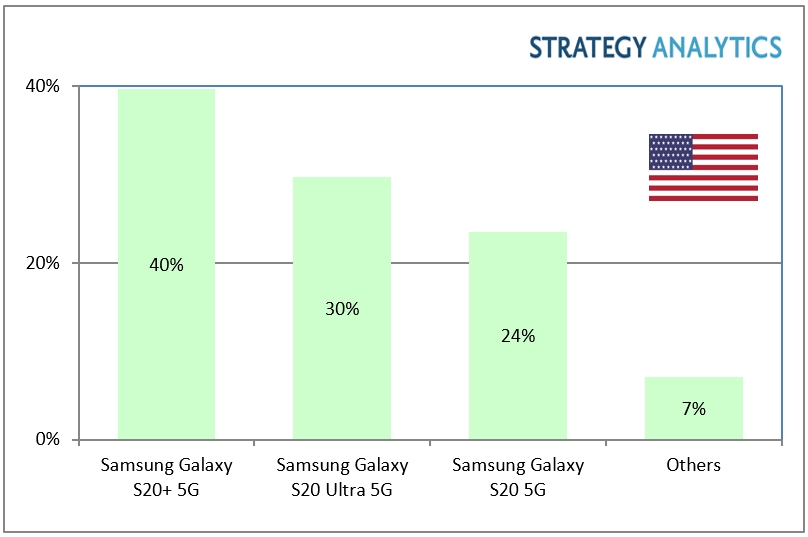Samsung unveiled its new ISOCELL GN1 camera sensor earlier this week. While people hoped to see it in the Galaxy Note 20 later this year, it was revealed that Samsung would continue to use the Galaxy S20 Ultra’s 108MP camera sensor in its next Galaxy Note phone. Now, it is being reported that the Vivo X50 Pro will be the first phone to use Samsung’s new 50MP image sensor.
Vivo hinted that its upcoming flagship smartphone, the Vivo X50 Pro, could use the ISOCELL GN1 sensor as its primary camera. The company’s product manager praised Samsung’s new ISOCELL sensor and revealed that the X50 Pro’s camera has 2.4µm pixels and 1/1.3-inch sensor size. He also claimed that the phone could also capture 100MP images. All these features line up with the ISOCELL GN1’s capabilities.
The Vivo smartphone features a quad-camera setup, featuring a 50MP primary sensor with dual-pixel autofocus and F1.6 aperture, a 16mm ultrawide camera, and a telephoto camera with 5x optical zoom. The telephoto camera uses a periscope-style zoom lens and F3.4 aperture. The Chinese smartphone brand is teasing the phone’s brilliant low-light performance.
The upcoming Vivo smartphone will also feature a gimbal-like camera stabilization technology, which is said to be 200% more effective compared to the traditional OIS (optical image stabilization) system. It could either use the Snapdragon 865 processor or Samsung’s Exynos 990 SoC. The Vivo X50 Pro is slated to be announced on June 1, and it will only be sold in China.

The post Samsung’s 50MP ISOCELL GN1 camera sensor could debut in Vivo X50 Pro appeared first on SamMobile.
from SamMobile https://ift.tt/3cRTaXs
via IFTTT









